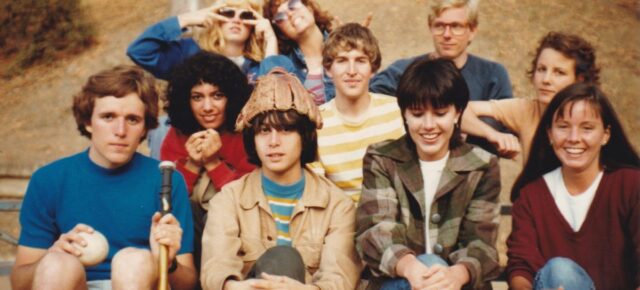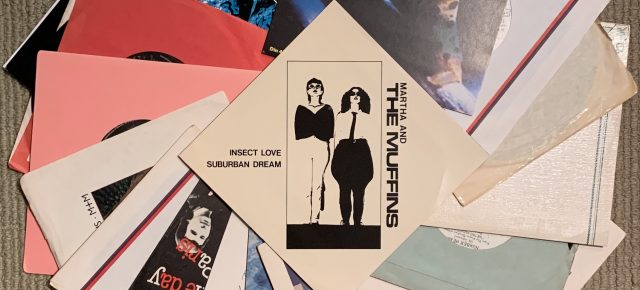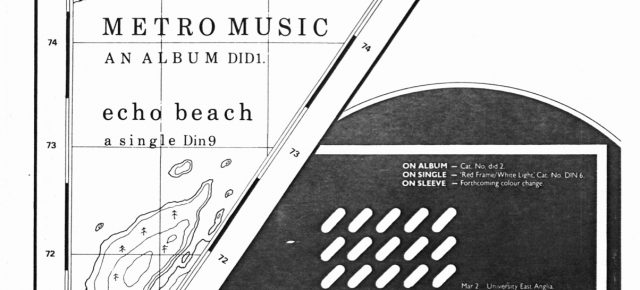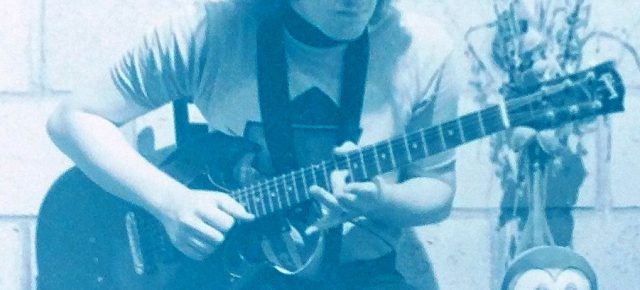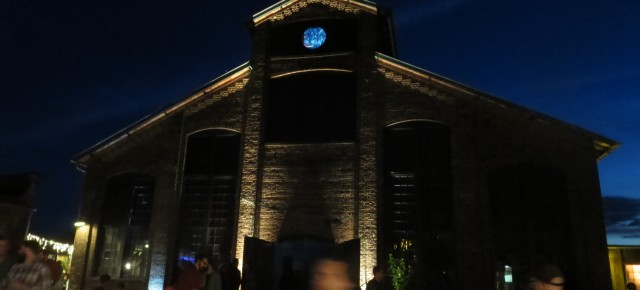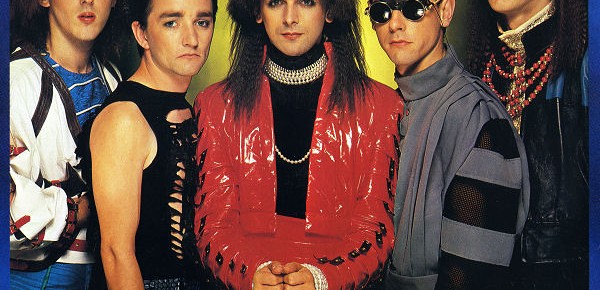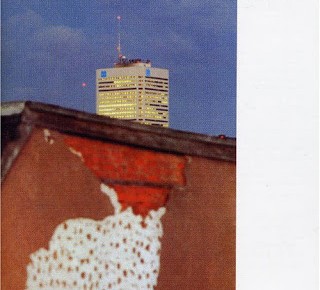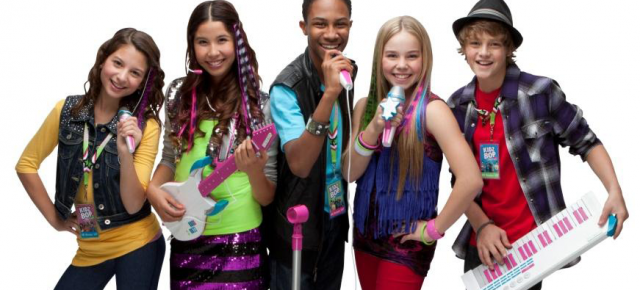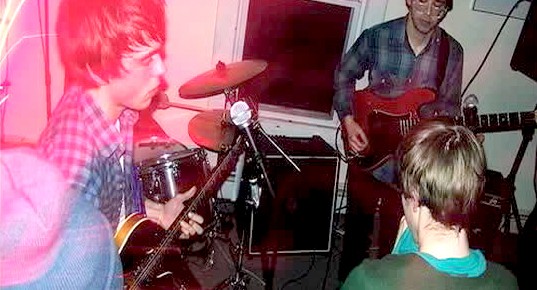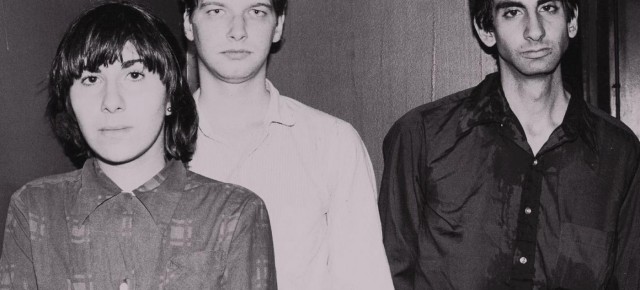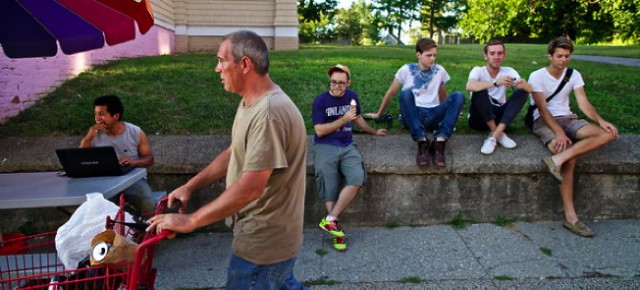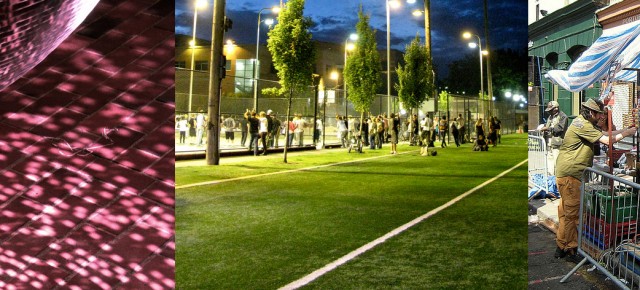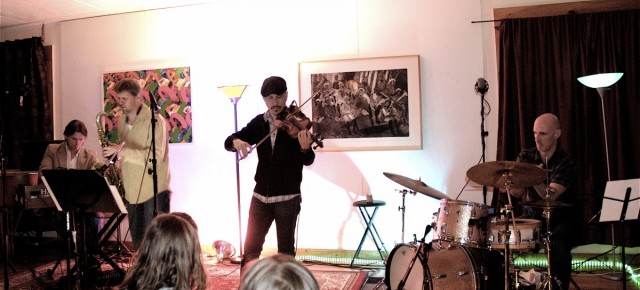
An interesting thing happens when you intersect two texts, Howard Becker’s essay on “Art Worlds and Collective Activity” (1982) and David Byrne’s essay on “How to Make a Scene” (2012), with each other. Somewhat anachronistically, the former enlists the latter into its thesis. To begin, Becker’s text is not especially directed toward the contemporary interest...
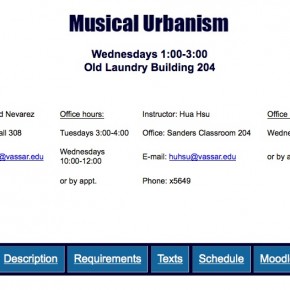
I’m excited to announce that I’m teaching an undergraduate seminar in Musical Urbanism at Vassar College again this semester, with my colleague Hua Hsu. This is a multidisciplinary course housed in the Urban Studies Program, taught by an urban sociologist (myself) and literature professor/critic (Hsu). We revised the syllabus significantly from the last time we...
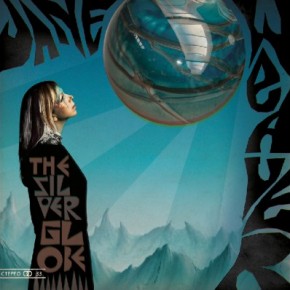
Jane Weaver – The Silver Globe I’m rapidly reaching obsessive levels of play with this adventurous album. Space rock meets 60s British melancholia: if you puzzle over which element is retro and which is futuristic, then this is the record for you. Weaver’s voice is mysterious and spellbinding — just one more reason why she...

For the Martha and the Muffins book project, the first task I’ve set for myself is to dive into the literature. Toronto is fairly terra incognito for me; to contextualize the geographic sensibilities embodied in the band’s music and career, an appreciation of its urban history and geography is in order. Also, Canadianness and ‘Canada’...
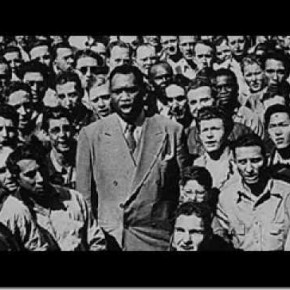
August 27 marks a chilling anniversary in the Hudson Valley’s musical geography: 65 years ago, Paul Robeson was to perform a concert in Peekskill that culminated in violence and effectively ended his career. I asked sociologist Dick Flacks, author of Playing for Change: Music and Musicians in the Service of Social Movements, to elaborate. Paul...
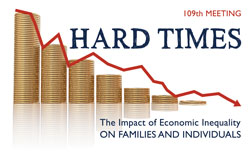
I’ll be in San Francisco this weekend at the annual ASA meetings, participating in two events. The first is a presentation of my research from the Poughkeepsie Plenty community food assessment, in a paper I’ve co-written with SUNY New Paltz colleagues Kathleen Tobin and Eve Waltermaurer: Regular Session. Consumers and Consumption 1 Sat, August 16,...
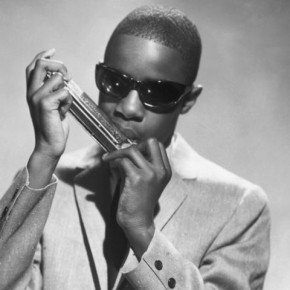
The top ten! These are the greatest second chapters, left turns and career reinventions in pop music history. Don’t forget to review how we came to this point… PREVIOUS: 50-41 40-31 30-21 20-11 10 T. Rex Glitter rock, the visual appearance of a gay aesthetic in pop music, and the first real ‘sound of the...
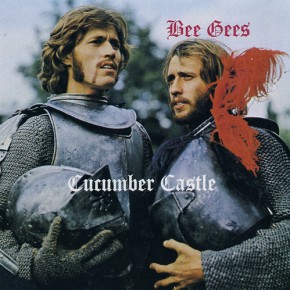
PREVIOUS: 50-41 40-31 30-21 20. Black Eyed Peas Hate to say it, but “I gotta feeling” (oof, sorry) that the Black Eyed Peas have shaped the sound and BPM of American pop music more than anyone else in the last five years. Such influence would have been unfathomable back in 1998, when their debut album...

Answering an invitation sent to me by postcard, I attended the first public “brief-ing” [get it?] on the Poughkeepsie Underwear Factory project by its developer, the nonprofit Hudson River Housing. This historic building is located on N. Cherry Street just north of Main Street in the City of Poughkeepsie. Ed Murphy, executive director of Hudson...
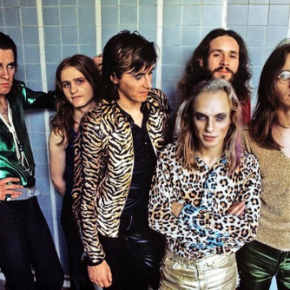
Part three of my response to the question, which performers made the most unexpected left turns with their careers? For the ground rules of eligibility, see the first post; for the big picture of why this is relevant to musical urbanism, click here. PREVIOUS: 50-41 40-31 30. U2 Regardless how you feel about the band’s...

Part two of my response to the question, which performers made the most unexpected left turns with their careers? For the ground rules of eligibility, click here; for the big picture of what this all means, click here. PREVIOUS: 50-41 40. Grace Jones A Jamaican-born model, Jones seemed born with a knack for commanding people’s...
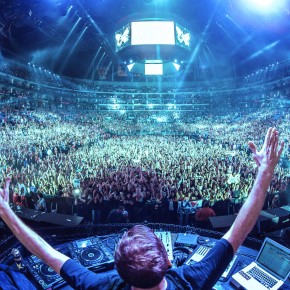
Last month, I answered some questions for a UK media/marketing firm researching how UK rave circa 1989 evolved into the US youth phenomenon of electronic dance music (EDM) — a question I’ve asked before on this blog. The piece is lengthy and lies behind a paywall, but author Emmajo Read did a great job. By...
